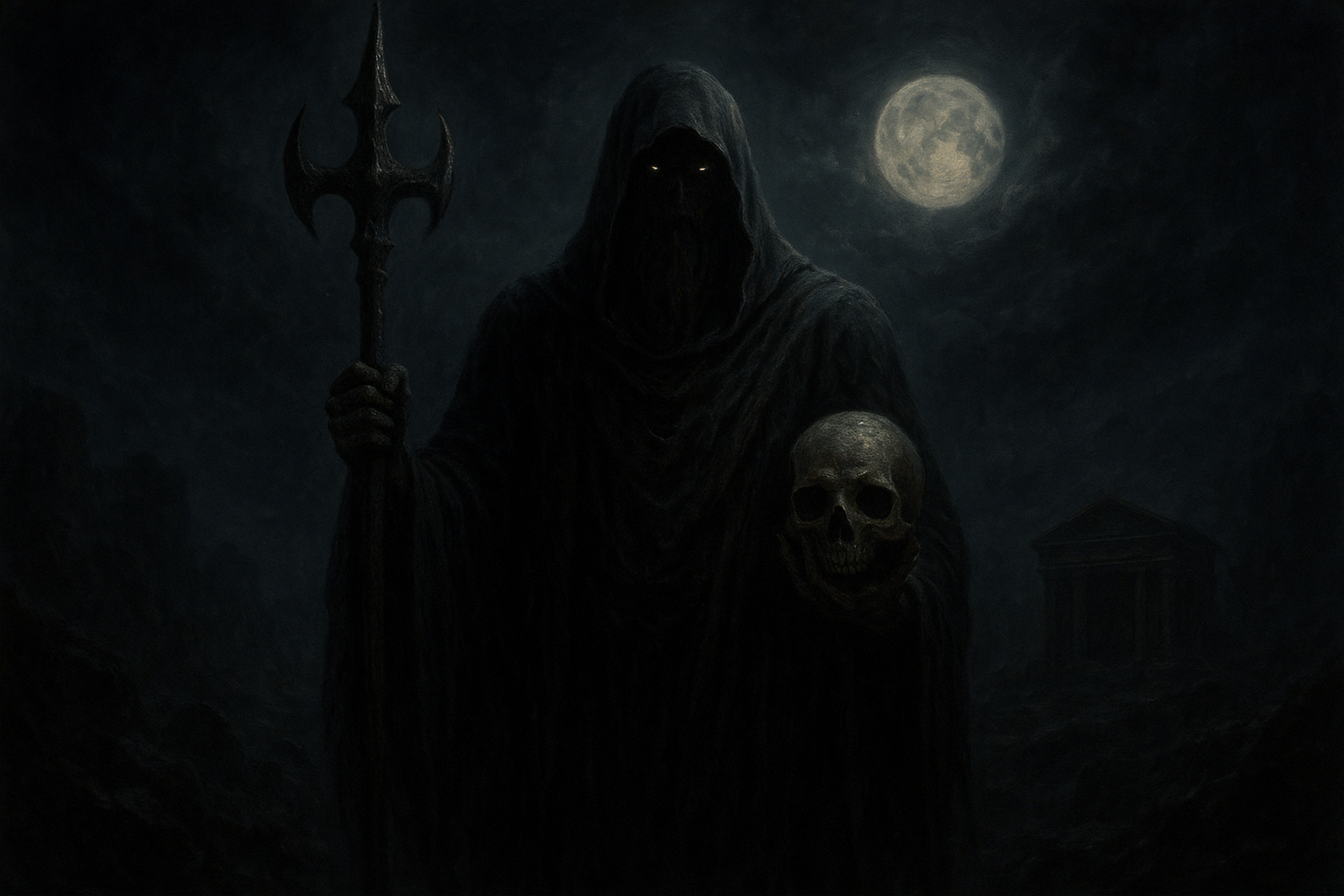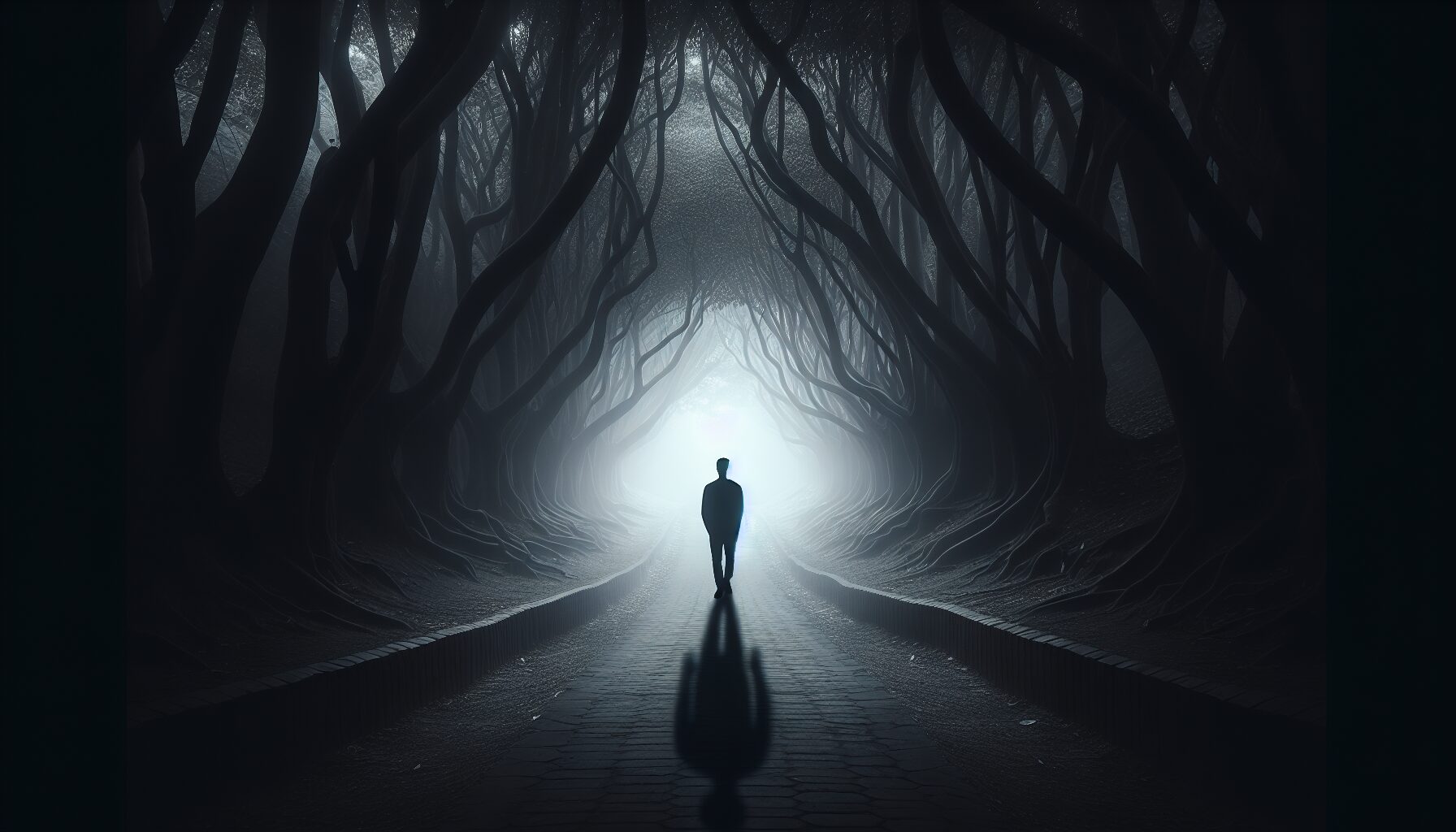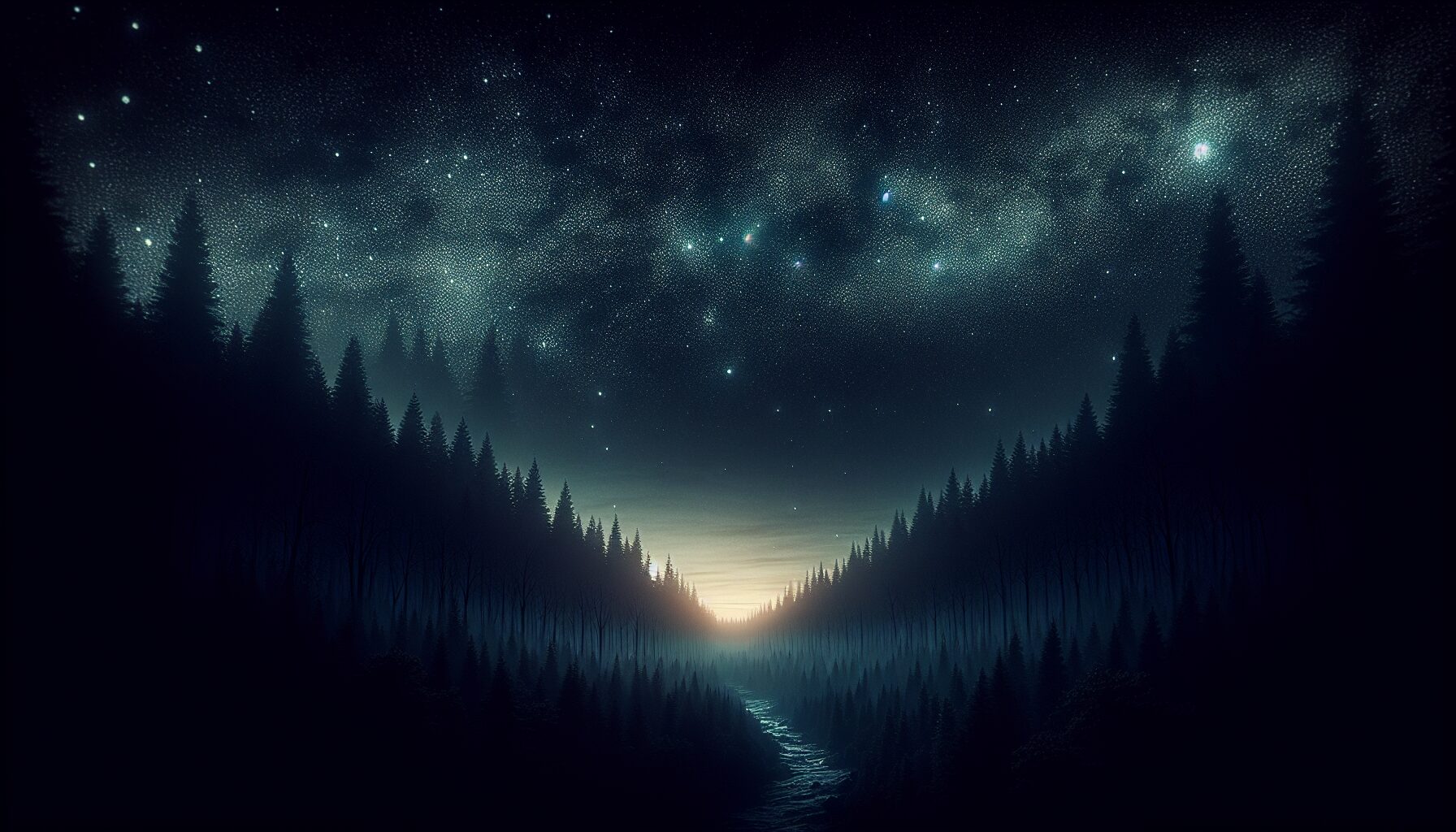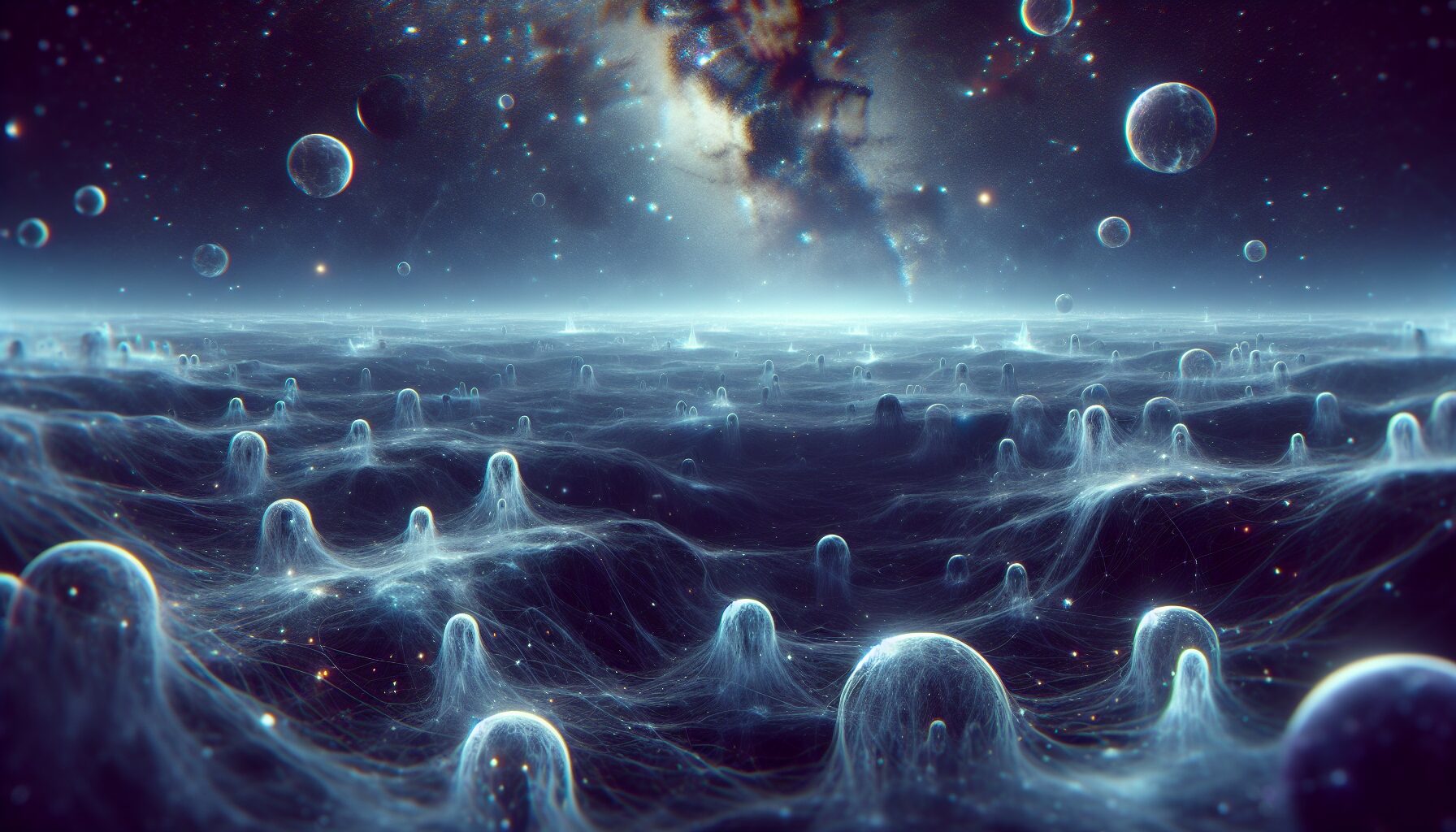The night has always been a profound muse for humanity, with its enigmatic aura and enveloping shadows. Across cultures, the darkness has been woven into the tapestry of mythic lore, giving rise to a mesmerizing nocturnal pantheon.
The Cult of Nyx: Night Incarnate
When it comes to ancient Greek mythology, Nyx reigns supreme as the primordial deity of the night. Born from Chaos, Nyx is depicted as a shadowy figure of exceptional power and beauty, holding dominion over both gods and mortals.
“Nyx, the goddess of night, is among the most ancient entities, a figure both feared and revered by the Olympians.”
Nurturing such formidable children as Hypnos (Sleep), Thanatos (Death), and the Fates, Nyx casts a wide influence in mythological narratives. Her opaque shroud of night keeps the secrets and dreams of mortals safe, yet her presence is an implicit reminder of the mystery and potential peril lurking in darkness.
Egypt’s Eternal Night: Nephthys and Nut
Egyptian mythology presents a dual facet of the celestial night through goddesses like Nephthys and Nut. Nephthys, sister of Isis, is a veiled figure associated with the hidden aspect of the night. She is frequently depicted in the shadows, embodying the concepts of grief and protection for the dead.
Nut, on the other hand, spans the sky as the firmament, her star-studded body arching over the earth. Her nightly embrace swallows the sun, establishing her as a crucial element in the cycle of day and night.
“In ancient Egypt, Nut was seen as the mother figure whose body formed the canopy of the heavens, swallowing Re-Atum, the Sun God, at sunset.”
Hindu Lore: Kali, Mistress of Time
In the Hindu pantheon, Kali stands as a complex figure that embodies both destruction and the cyclical nature of time. Often depicted with dark or black skin, Kali’s ferocious form symbolizes the power residing in darkness, transcending mere malevolence.
Her role as destroyer paves the way for rebirth, making her a necessary force in the balance of the universe. It is through her dark aspect that she liberates souls from illusion and ignorance.
“Kali, in Hinduism, is the fierce aspect of the goddess Durga, representing death, time, and change, unified in a dance of cosmic creation and destruction.”
Nordic Night: Nótt, the Personification of Night
In Norse mythology, Nótt takes the form of a personified night, a giantess whose lineage gives birth to Day, ushered in by her daughter Dagr (Day). Riding her horse Hrímfaxi, whose mane heralds the dew of night, Nótt embodies the sweeping serenity and desolation of night.
The narratives of Nótt remind us of the cyclical nature of existence, portraying night not as a threat but a prelude to renewal. The poetic Eddas describe her presence as an essential rhythm in the Nordic cosmic order.
Japanese Yami, the Spirit of Darkness
In Japanese mythology, Yami, or the World of Darkness, represents the nether realm where souls dwell. The creation myths describe this shadowed domain as integral to the balance of life and death.
The Kojiki, an ancient chronicle, illustrates the journey to Yami following the death of the goddess Izanami, transforming the dark as a space of emotional and spiritual transition.
“Emerging from creation myths is Yami, where darkness is not necessarily evil, but a fundamental part of the afterlife landscape in Japanese lore.”
Conclusion
The richness of nocturnal deity narratives across cultures highlights not only the diversity of mythologies but also humanity’s intrinsic connection to night and darkness. These ancient stories and deities reveal the contrast between fear and reverence humanity has towards the dark, an enigmatic partner in the cosmic dance.
Through the exploration of these mythic figures, dark becomes a canvas of potential—one that inspires awe, dread, and contemplation—encouraging us to embrace the depths of the unknown, both in the heavens and within ourselves.









